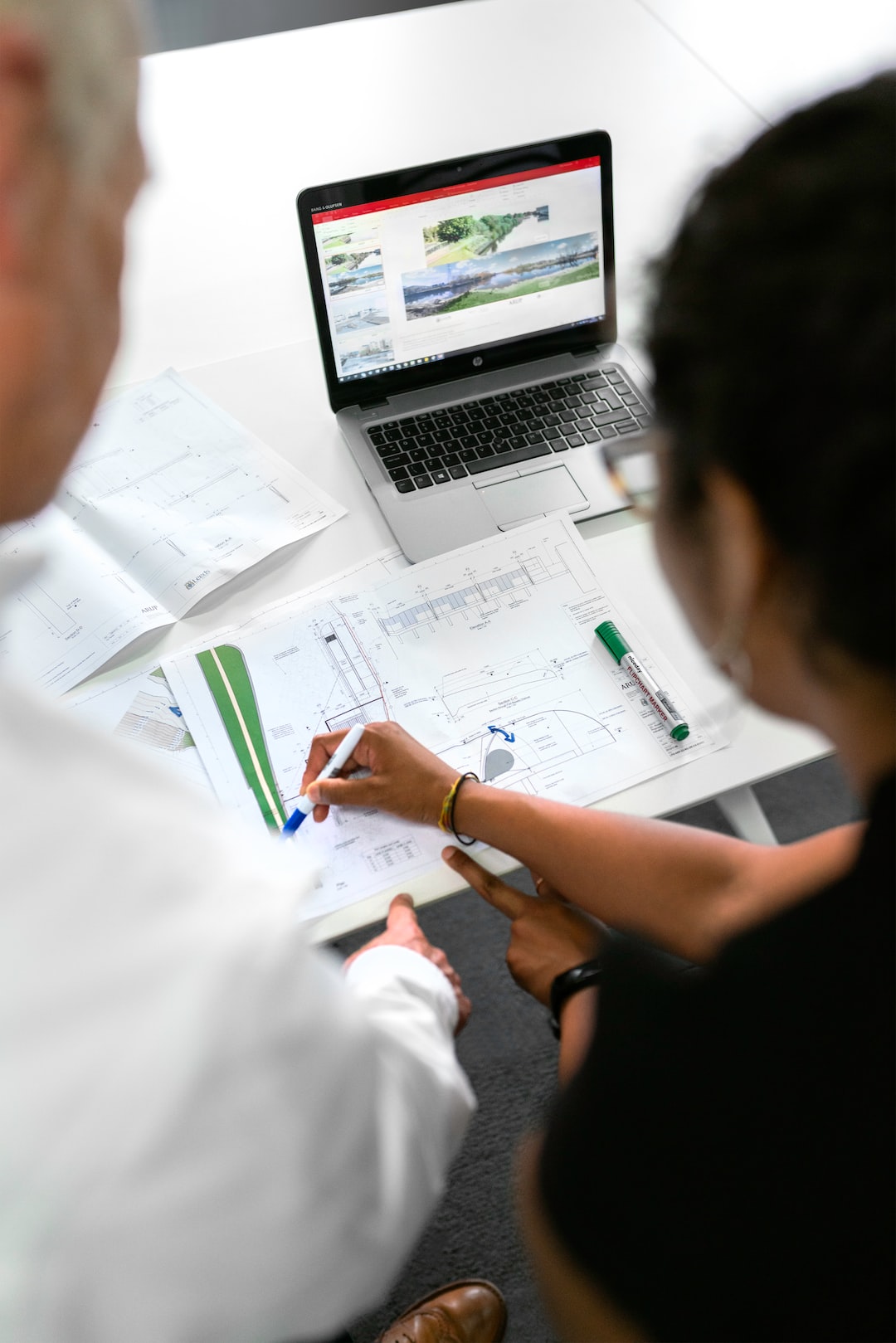Access to safe and sustainable drinking water is one of the most basic human needs. Yet, with the ever-increasing global population, rapid urbanization, and growing demand for water resources, there are growing concerns over the sustainability of our water systems. Climate change, pollution, and water scarcity are just a few of the challenges that are affecting the provision of safe and sustainable water systems.
Creating safe and sustainable water systems in a changing world is critical to ensuring the health and well-being of people and the environment. This article explores some of the strategies and practices that can be adopted to create such systems.
1. Water Conservation and Reuse
Water conservation and reuse are essential strategies that can help reduce the pressure on finite water resources. Conserving water means using water efficiently and responsibly by reducing water wastage, fixing leaks, and adopting water-efficient technologies. Reusing water involves treating and repurposing wastewater to reduce the demand for freshwater resources.
2. Sustainable Infrastructure
The provision of safe and sustainable water requires the development of resilient infrastructure that can withstand the impacts of climate change and natural disasters. Sustainable infrastructure includes the use of green technologies, such as rainwater harvesting, green roofs, and permeable pavements, that can help reduce runoff and improve water quality.
3. Integrated Water Management
Integrated Water Management (IWM) involves the coordinated management of water resources across different sectors, such as agriculture, industry, and urban development. IWM aims to balance the needs of water users while minimizing the impact on the environment and ensuring the sustainability of water systems.
4. Water Treatment and Pollution Control
Safe water is achieved through proper treatment and control of water pollution. It involves the removal of contaminants from water, such as pathogens, chemical pollutants, and heavy metals. Effective water treatment systems use a range of technologies, such as filtration, disinfection, and desalination.
5. Community Engagement and Participation
Community engagement and participation are essential elements of creating safe and sustainable water systems. Engaging communities in the decision-making process helps to increase awareness, build local capacity, and ensure that water management practices are relevant to community needs.
6. Financing and Investment
Financing and investment are essential for the development of safe and sustainable water systems. Public and private financing can be used to support the development of infrastructure, technology, and education programs that facilitate sustainable water management practices.
In conclusion, creating safe and sustainable water systems in a changing world is a multifaceted challenge that requires the adoption of various strategies, from conservation and reuse to treatment and pollution control. Sustainable infrastructure, integrated water management, community engagement, and financing and investment are critical elements that can help to transform our water systems into resilient and sustainable resources that meet the needs of people and the environment. The time to act is now. Unless we take proactive measures to address the challenges facing our water systems, the health and well-being of people and the environment will be at risk.


